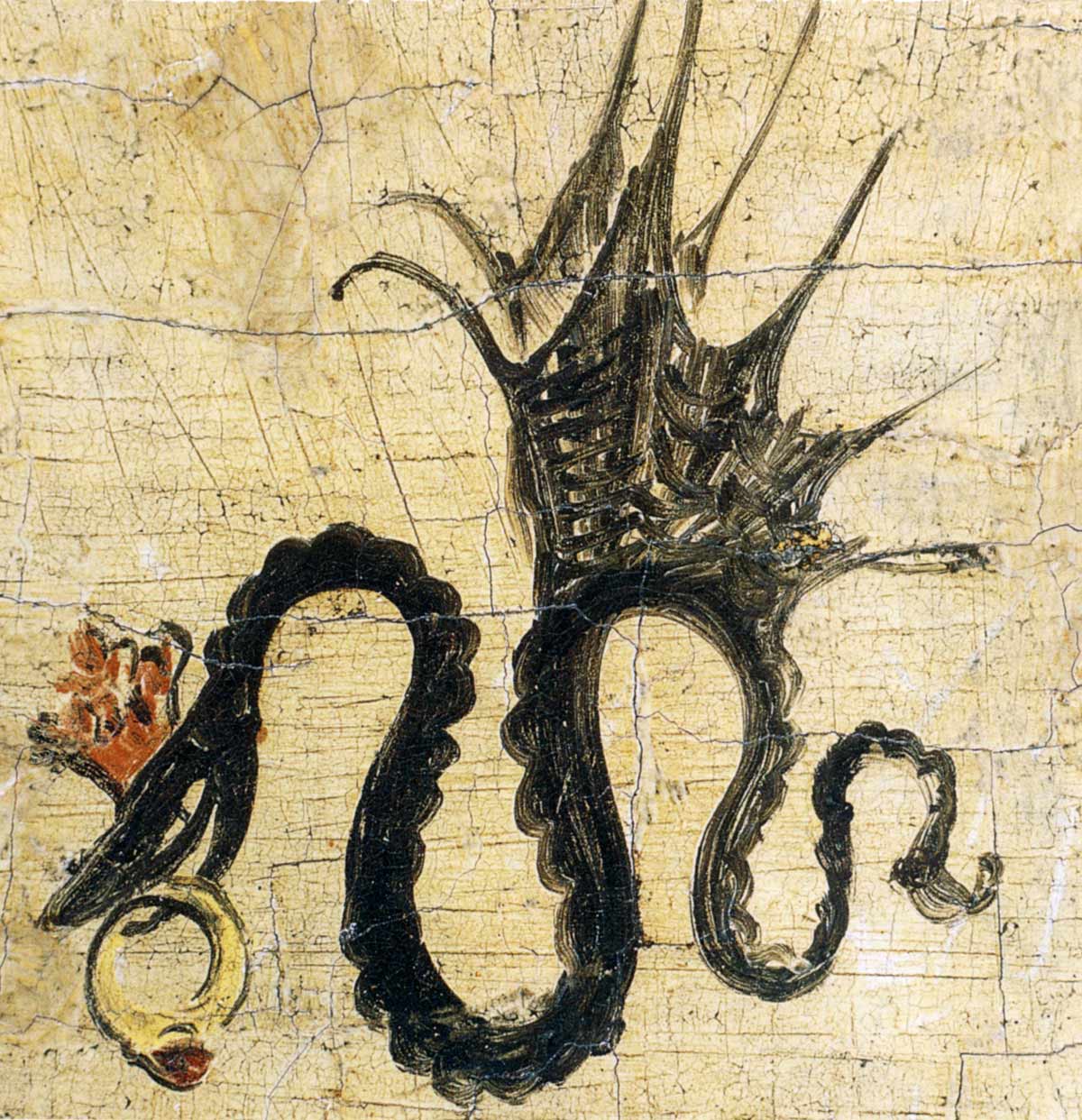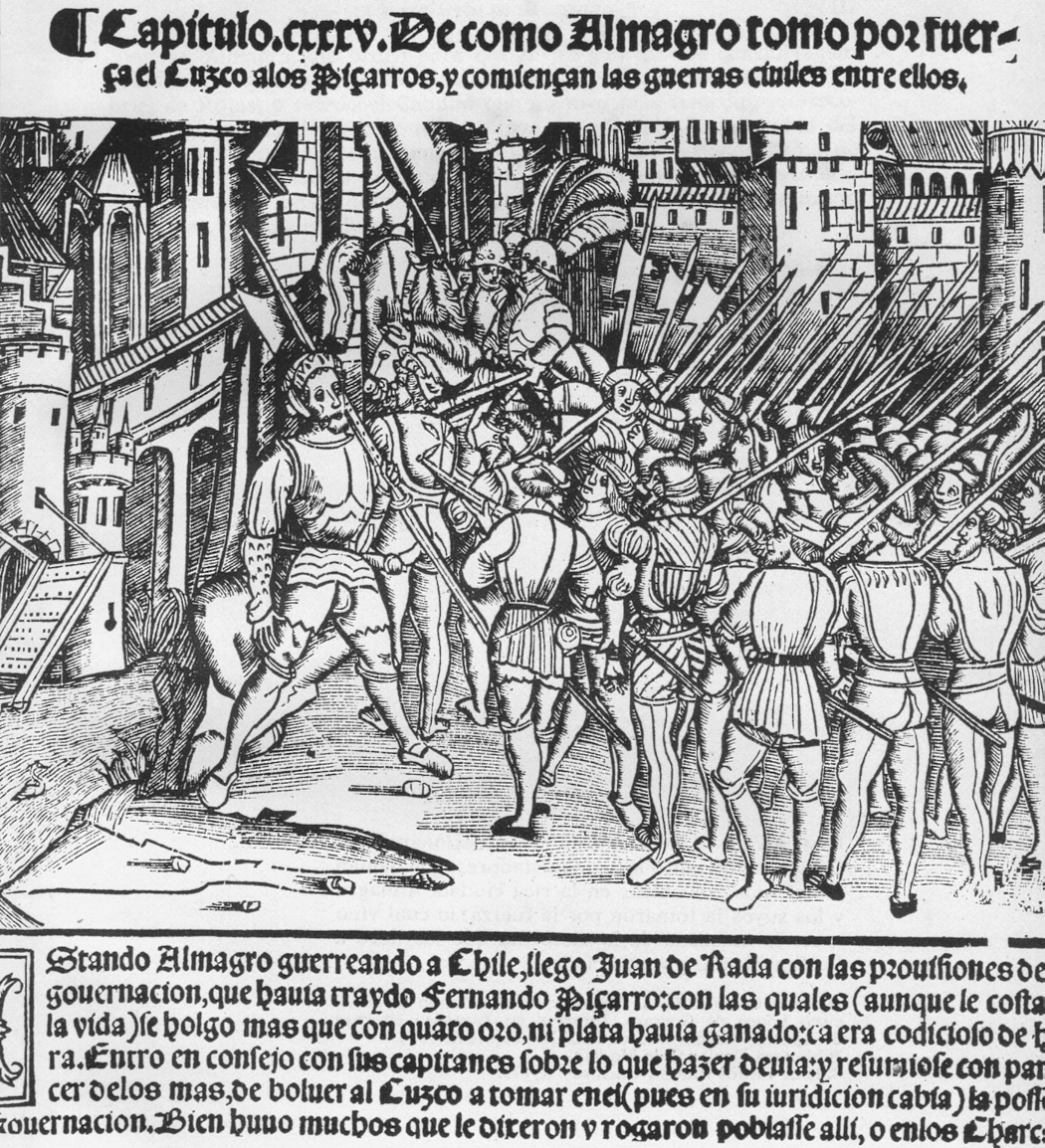|
Christ Blessing The Children (Lucas Cranach The Elder)
Christ Blessing the Children () is a religious oil painting created by the German Renaissance artist Lucas Cranach the Elder and his workshop in 1537. History and description Made and painted by Lucas Cranach the Elder, the painting depicts Jesus Christ with children, based on the New Testament verse "Suffer the little children to come unto me, and forbid them not: for of such is the kingdom of God" (Mark 10:14); a popular subject of Protestant iconography in line with the Lutheran teachings of Sola gratia and Sola Fide; salvation by grace through faith, a theme which was depicted repeatedly by both Lucas Cranach the Elder and his son Lucas Cranach the Younger. Jesus is depicted in a dark blue tunic, surrounded by a group of mothers with children with apostles standing off to the side. In 1922, it was purchased for the collection of Wawel Castle in Kraków from Ignacy Dubowski of Volhynia, Bishop of Lutsk. Looted by the Nazis during World War II, it was later discovered in Vienn ... [...More Info...] [...Related Items...] OR: [Wikipedia] [Google] [Baidu] |
Lucas Cranach The Elder
Lucas Cranach the Elder ( ; – 16 October 1553) was a German Renaissance painter and printmaker in woodcut and engraving. He was court painter to the Electors of Saxony for most of his career, and is known for his portraits, both of German princes and those of the leaders of the Protestant Reformation, whose cause he embraced with enthusiasm. He was a close friend of Martin Luther, and Portrait of Martin Luther (Lucas Cranach the Elder), eleven portraits of that reformer by him survive. Cranach also painted religious subjects, first in the Catholic tradition, and later trying to find new ways of conveying Lutheran religious concerns in art. He continued throughout his career to paint nude subjects drawn from mythology and religion. Cranach had a large workshop and many of his works exist in different versions; his son Lucas Cranach the Younger and others continued to create versions of his father's works for decades after his death. He has been considered the most successfu ... [...More Info...] [...Related Items...] OR: [Wikipedia] [Google] [Baidu] |
Vienna
Vienna ( ; ; ) is the capital city, capital, List of largest cities in Austria, most populous city, and one of Federal states of Austria, nine federal states of Austria. It is Austria's primate city, with just over two million inhabitants. Its larger metropolitan area has a population of nearly 2.9 million, representing nearly one-third of the country's population. Vienna is the Culture of Austria, cultural, Economy of Austria, economic, and Politics of Austria, political center of the country, the List of cities in the European Union by population within city limits, fifth-largest city by population in the European Union, and the most-populous of the List of cities and towns on the river Danube, cities on the river Danube. The city lies on the eastern edge of the Vienna Woods (''Wienerwald''), the northeasternmost foothills of the Alps, that separate Vienna from the more western parts of Austria, at the transition to the Pannonian Basin. It sits on the Danube, and is ... [...More Info...] [...Related Items...] OR: [Wikipedia] [Google] [Baidu] |
Paintings Of Children
Painting is a Visual arts, visual art, which is characterized by the practice of applying paint, pigment, color or other medium to a solid surface (called "matrix" or "Support (art), support"). The medium is commonly applied to the base with a brush. Other implements, such as palette knives, sponges, airbrushes, the artist's fingers, or even a dripping technique that uses gravity may be used. One who produces paintings is called a painter. In art, the term "painting" describes both the act and the result of the action (the final work is called "a painting"). The support for paintings includes such surfaces as walls, paper, canvas, wood, glass, lacquer, pottery, leaf, copper and concrete, and the painting may incorporate other materials, in single or multiple form, including sand, clay, paper, cardboard, newspaper, plaster, gold leaf, and even entire objects. Painting is an important form of visual arts, visual art, bringing in elements such as drawing, Composition (visual art ... [...More Info...] [...Related Items...] OR: [Wikipedia] [Google] [Baidu] |
Paintings Of Jesus
The depiction of Jesus in pictorial form dates back to early Christian art and architecture, as aniconism in Christianity was rejected within the ante-Nicene period.Philip Schaff commenting on Irenaeus, wrote, 'This censure of images as a Gnostic peculiarity, and as a heathenish corruption, should be noted'. Footnote 300 on Contr. Her. .I.XXV.6. ANFSynod of Elvira, 'Pictures are not to be placed in churches, so that they do not become objects of worship and adoration', AD 306, Canon 36 It took several centuries to reach a conventional standardized form for his physical appearance, which has subsequently remained largely stable since that time. Most images of Jesus have in common a number of traits which are now almost universally associated with Jesus, although variants are seen. The conventional image of a fully bearded Jesus with long hair emerged around AD 300, but did not become established until the 6th century in Eastern Christianity, and much later in the West. It has al ... [...More Info...] [...Related Items...] OR: [Wikipedia] [Google] [Baidu] |
Lutheran Art
Lutheran art consists of all religious art produced for Lutherans and the Lutheran churches. This includes sculpture, painting, and architecture. Artwork in the Lutheran churches arose as a distinct marker of the faith during the Reformation era and attempted to illustrate, supplement and portray in tangible form the teachings of Lutheran theology. Reformation era Martin Luther encouraged the display of some religious imagery in churches, seeing the Evangelical Lutheran Church as a continuation of the "ancient, apostolic church". He defended the use of "importance of images as tools for instruction and aids to devotion", stating that "If it is not a sin but good to have the image of Christ in my heart, why should it be a sin to have it in my eyes?"Noble, 67-69 His attitude towards images became more positive after his dispute with Andreas Karlstadt began in 1521. Luther had left Karlstadt in effective charge of his church in Wittenberg when he went into retreat in the Wartburg, ... [...More Info...] [...Related Items...] OR: [Wikipedia] [Google] [Baidu] |
Reformation In Germany
The Reformation, also known as the Protestant Reformation or the European Reformation, was a time of major Theology, theological movement in Western Christianity in 16th-century Europe that posed a religious and political challenge to the papacy and the authority of the Catholic Church. Towards the end of the Renaissance, the Reformation marked the beginning of Protestantism. It is considered one of the events that signified the end of the Middle Ages and the beginning of the early modern period in Europe. The Reformation is usually dated from Martin Luther's publication of the ''Ninety-five Theses'' in 1517, which gave birth to Lutheranism. Prior to Martin Luther and other Protestant Reformers, there were Proto-Protestantism, earlier reform movements within Western Christianity. The end of the Reformation era is disputed among modern scholars. In general, the Reformers argued that justification (theology), justification was sola fide, based on faith in Jesus alone and n ... [...More Info...] [...Related Items...] OR: [Wikipedia] [Google] [Baidu] |
Christian Paintings
A Christian () is a person who follows or adheres to Christianity, a monotheistic Abrahamic religion based on the life and teachings of Jesus Christ. Christians form the largest religious community in the world. The words ''Christ'' and ''Christian'' derive from the Koine Greek title (), a translation of the Biblical Hebrew term ''mashiach'' () (usually rendered as ''messiah'' in English). While there are diverse interpretations of Christianity which sometimes conflict, they are united in believing that Jesus has a unique significance. The term ''Christian'' used as an adjective is descriptive of anything associated with Christianity or Christian churches, or in a proverbial sense "all that is noble, and good, and Christ-like." According to a 2011 Pew Research Center survey, there were 2.3 billion Christians around the world, up from about 600 million in 1910. Today, about 37% of all Christians live in the Americas, about 26% live in Europe, 24% live in sub-Saharan Africa, ab ... [...More Info...] [...Related Items...] OR: [Wikipedia] [Google] [Baidu] |
1537 Paintings
Year 1537 ( MDXXXVII) was a common year starting on Monday of the Julian calendar. Events January–March * January 1 – Princess Madeleine of Valois, the 16-year-old daughter of François I, King of France, is married to King James V of Scotland in a ceremony at the cathedral of Notre-Dame de Paris. Already in ill health at the time of the marriage, Madaleine lives only six more months before dying at the Holyrood Palace in Edinburgh on July 7. * January 6 – Alessandro de' Medici, Duke of Florence is assassinated by Lorenzino de' Medici, a distant cousin, who claims that he wants to reintroduce republican rule but has to flee to Venice. Instead Cosimo I de' Medici, Grand Duke of Tuscany, Cosimo I of the junior branch of the Medici becomes the new duke. * January 16 – Bigod's Rebellion, an uprising by Roman Catholics, led by Francis Bigod against Henry VIII of England and Protestant Rebellion, begins with an unsuccessful attempt to seize Scarborough C ... [...More Info...] [...Related Items...] OR: [Wikipedia] [Google] [Baidu] |







